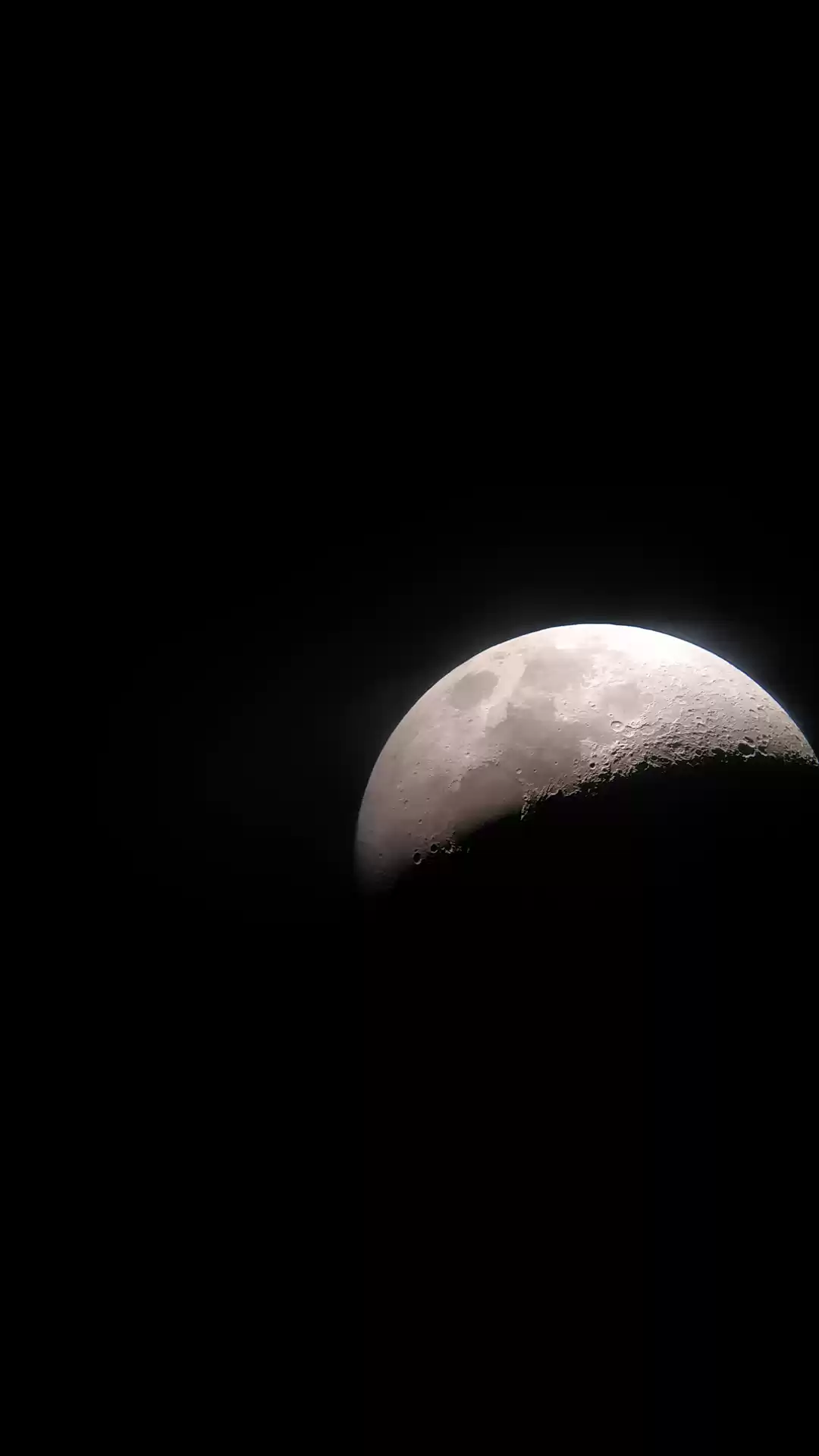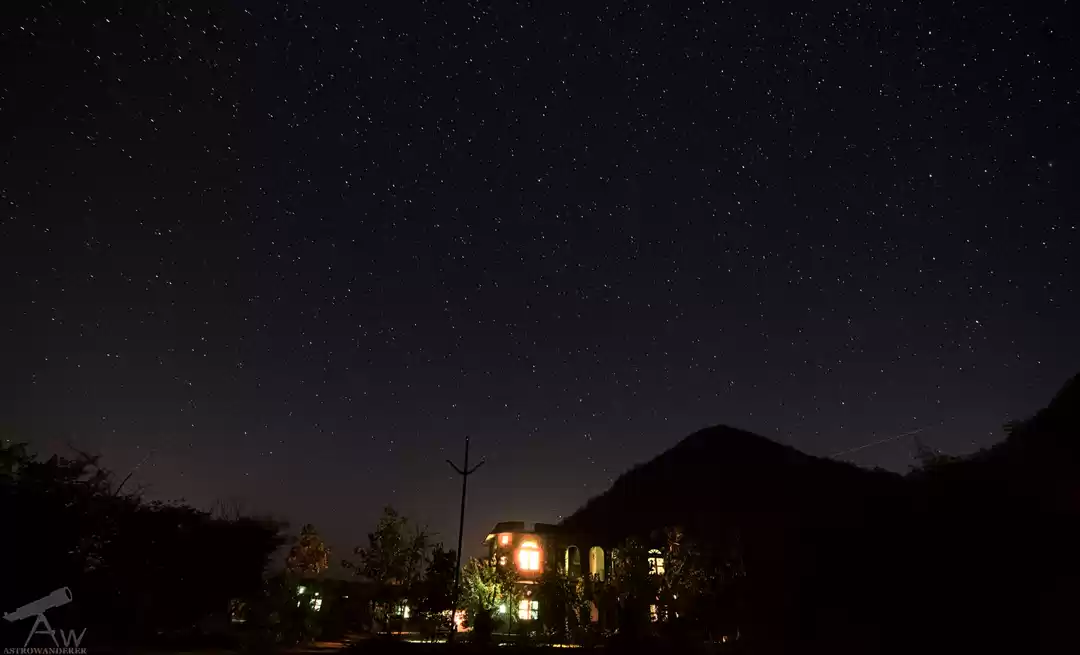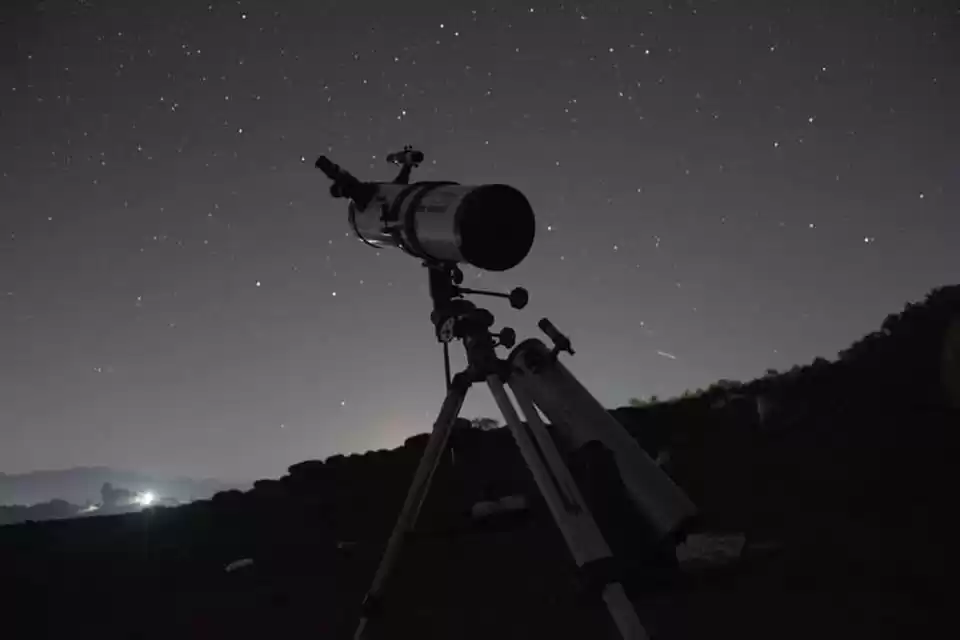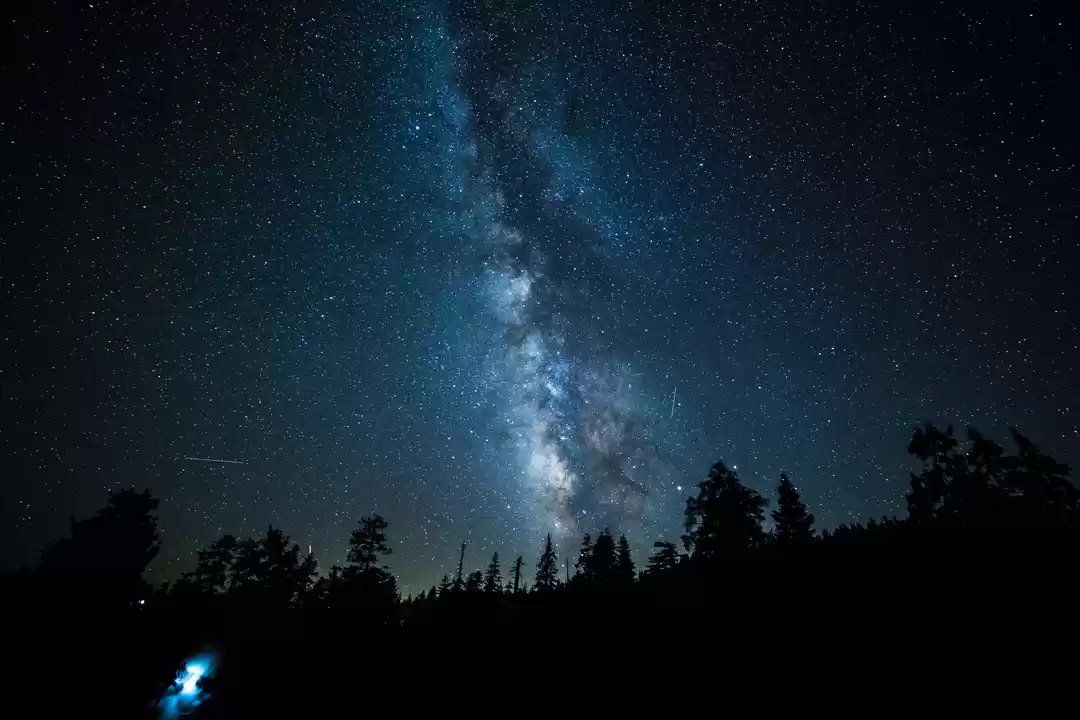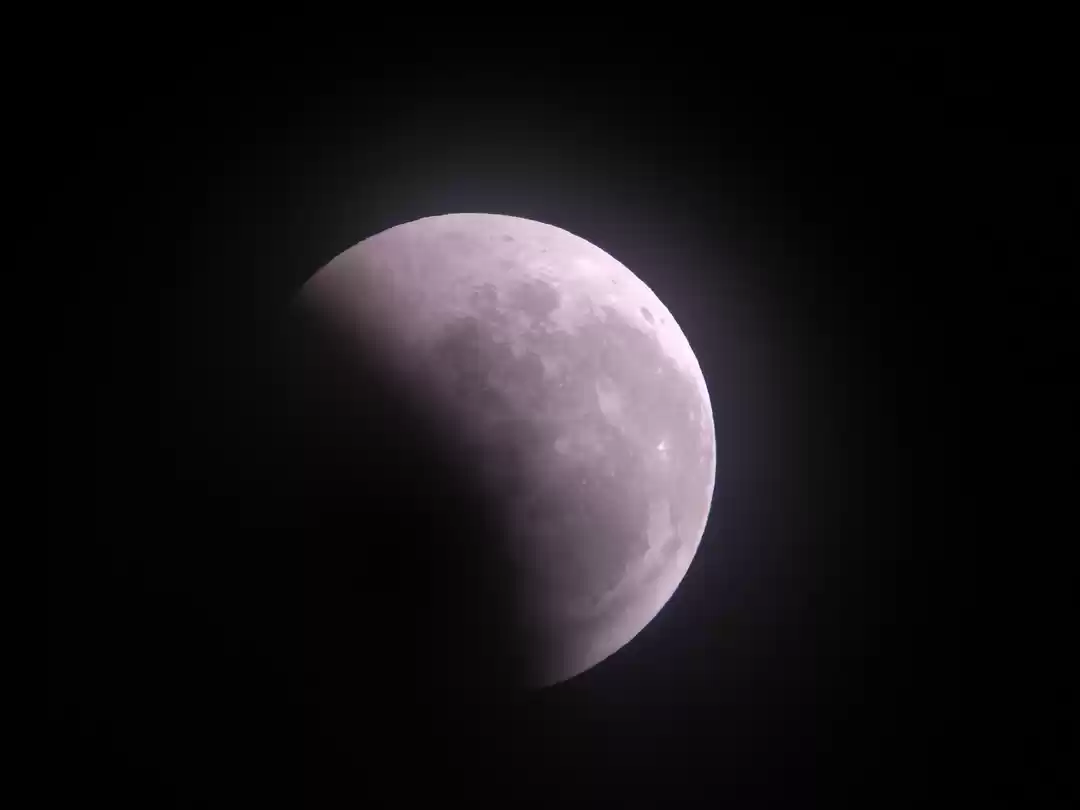It's also one of the closest stellar areas to Earth wherein large stars are being created. The brightest stars in this nebula are a set known as the Trapezium cluster. Maximum of the luminosity of the Nebula is because of the illumination of the celebs on this cluster. The Nebula became determined on November 26, 1610, through Nicolas Claude Fabri de Pierce. He discovered the nebula place using a refractive or refractive telescope. Henry Draper first photographed the Nebula on September 30, 1880. For this purpose, he used an eleven-inch reflector and left the digital camera aperture open for 51 mins to get enough exposure. The Hubble area Telescope first determined the Nebula in 1993 and then transmitted the photo several instances.
The Orion is also referred to as a hunter. In English, it's far referred to as the nebula. Also, inside the first edition of Charles Messier’s catalog, published in 1774, the Orion turned into listed as the 40-2nd celestial item and is therefore still called the Messier forty two or M42 nebula. In the new public catalog, it is referred to as NGC 1976. Within the following, the characteristics of the Orion or Hunter Nebula are described in extra element.
The Orion or Hunter Nebula (M42) without binoculars is likewise seen in the sky and can be determined with binoculars or a small telescope. The first-class time to take a look at this nebula is from early December to early February because, throughout this era, its position in the sky relative to the earth is higher than different months of the yr. Take a look at to be held. Through studying the nebula, astronomers have learned a extraordinary deal approximately the formation of stars and planetary systems from the disintegrate of gas and dirt clouds, and have located the nebula’s clouds being photoionized with the aid of large stars. They have got additionally observed gadgets inside the nebula that they trust are among the youngest protostars ever located.
The trapezium cluster is a younger open cluster and one of the most well-known areas of the Nebula (figure four). The 4 brightest stars on this cluster form a trapezoidal quadrangle. If the weather situations are right, 6 stars of this cluster can be discovered with a five-inch telescope. On March 4, 1769, Messier observed the Orion and 3 stars belonging to the Trapezoidal Cluster. The brightest big name in the trapezoid cluster is referred to as Theta-1 Orionis C, which has an obvious value of 5.13.
A very thrilling object is in the Orion Sword – a few enormously brilliant stars placed between the Orion Belt and the two stars that make up its foot. There the bare eye sees a fading, cloud-like superstar; a closer appearance well-knownshows that this object is a big Nebula. A huge mass of fuel and dust is in regular motion and its mass is anticipated to be 10,000 times the mass of the sun. The density of atoms and ions on this nebula is about 600 in line with cubic centimeter. The Nebula is understood in the list of Messier gadgets as m42 and in the new listing as NGC1976. The nebula is ready 30 mild-years across and is located 1,500 light-years away at the same spiral arm of the galaxy because the sun. The M42 is visible inside the sky at an obvious significance of 5.















